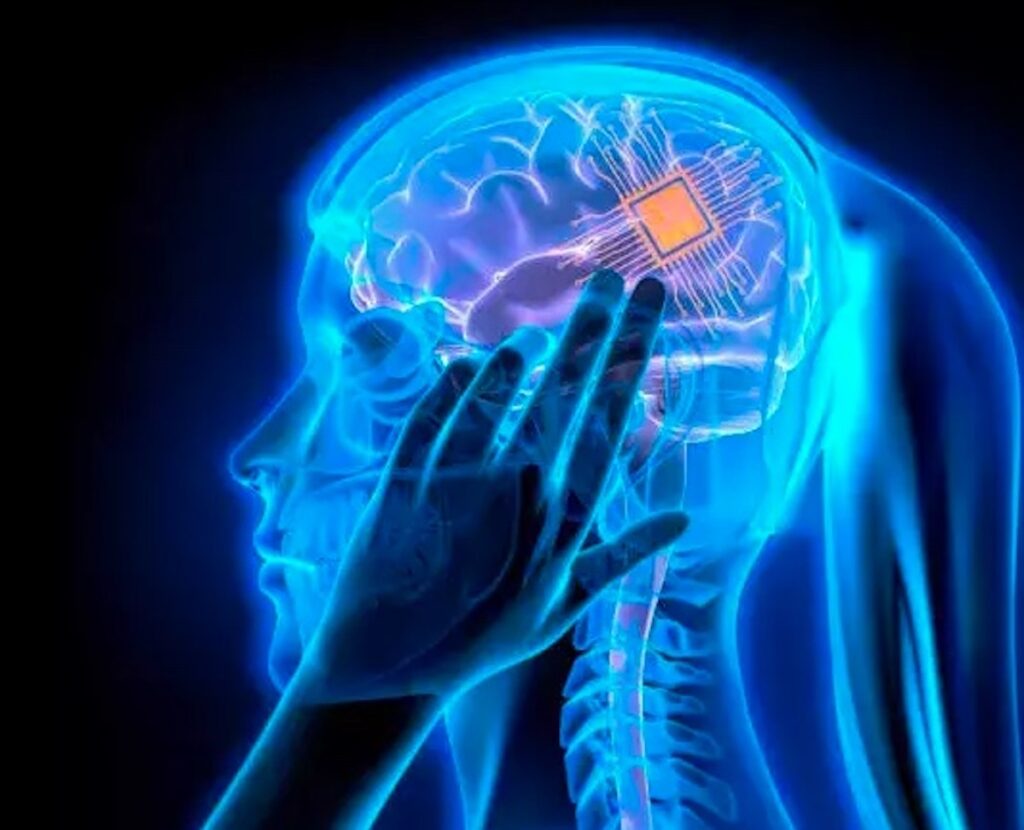Neuralink’s implant should make it possible to operate a smartphone using thought and other technologies via the device. In May 2023, the company received permission from the US authorities to use the flat and round implant on people in a clinical study. The technology had previously been tested on monkeys. The implant has 1,024 electrodes that a robot connects to the brain during an operation using an extremely thin needle.
For the clinical trial, Neuralink looked for patients with quadriplegia, a paraplegia that affects the legs and arms. When people want to move, a certain brain area is activated. The electrodes in the implant pick up these signals. In this way, the implant should make it possible to operate a cursor on a computer, for example, simply by imagining its movements. According to the company, the first patient with the Neuralink implant will be able, among other things, to surf the Internet, play chess and play the video game ‘Mario Kart’.
As admitted by the first patient, Noland Arbaugh, having the chip is like an overload, “a luxury overload,” Noland recounted, “I couldn’t do” certain activities “for eight years. The most comfortable thing is that I can lie in my bed and use it’. The chip ‘helped me reconnect with the world, with my friends and family. It has given me the ability to do things on my own again, without the need” of others “at all hours of the day and night”.
In the weeks following the surgery, Noland used the Link to control his laptop from various positions. He has been playing online video games with friends (chess and others), surfing the Internet, live streaming, and using other applications, all while controlling a cursor with his mind. He even used the system to ‘play Mario Kart on a console’, something he ‘had been unable to do after his spinal cord injury’.

An uncertain future for medicine
In the future, Musk wants to use these chips to help patients who have Parkinson’s disease, dementia, or depression. For now, however, these are still distant dreams. Researchers generally criticize the fact that Neuralink makes almost no data available on its experiments. The company now explains that the accuracy and speed of the cursor initially decreased due to the disconnected electrodes. In response, the algorithm that records brain activity was made more sensitive, and the technology that translates it into cursor movements was improved. After the software adaptation, according to the blog post, the technology reached higher values than before.
Neuralink did not provide any information on the reasons for the removal of the electrodes. According to the Wall Street Journal, one theory of the company was that air may have been left in the skull after the operation. The US Food and Drug Administration (FDA) supervises the study. Research on brain-computer interfaces has been going on for years. Neuralink is also just one of several companies developing such technologies.
But so far, few scientists have tested them on humans. “The idea of brain-nervous system interfaces has great potential to help people with neurological disorders,” said Tara Spires-Jones, a neuroscientist at the University of Edinburgh and president of the British Neuroscience Association, after it was announced that Elon Musk was implanting brain chips in people’s leaves. “However, most of these interfaces require invasive neurosurgical procedures and are still in the experimental stage, so it will probably be many years before they are widely available.”



